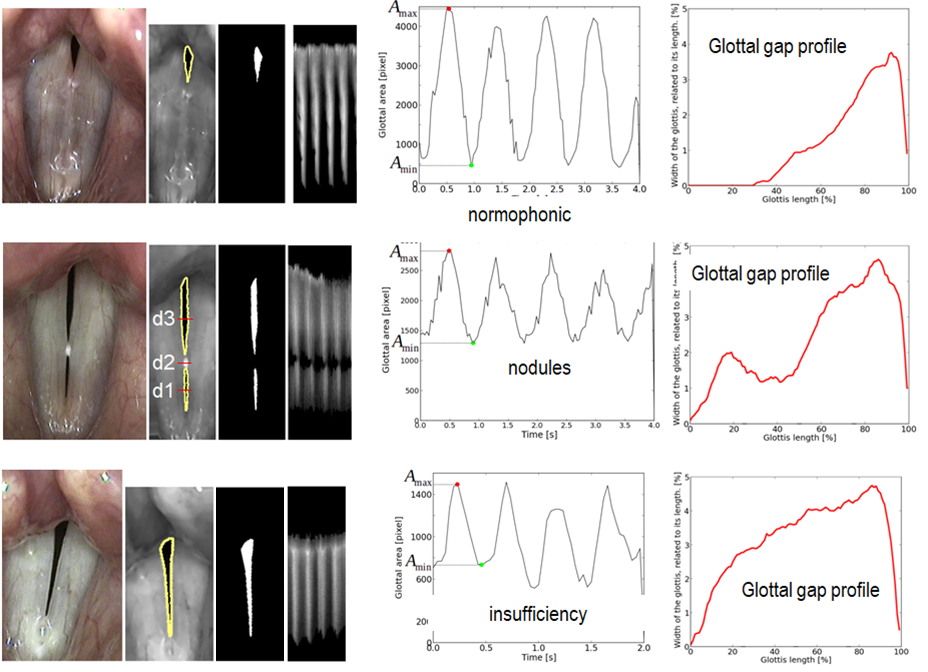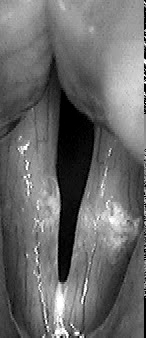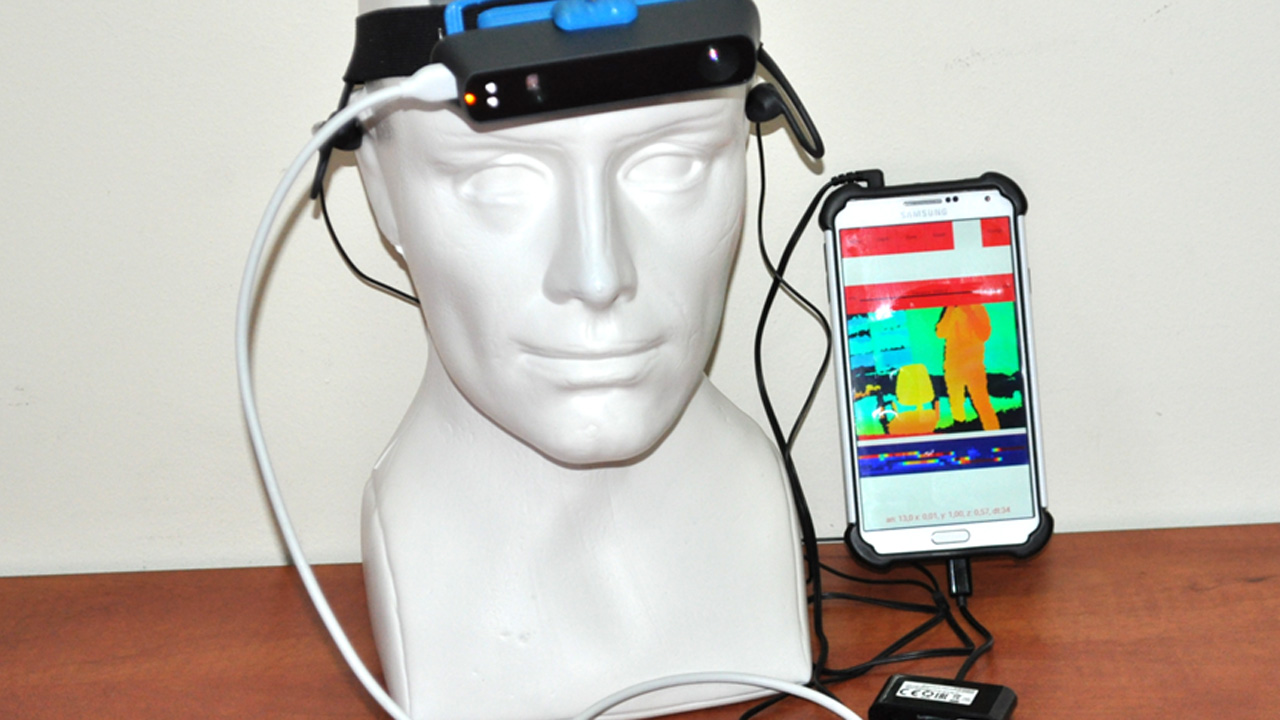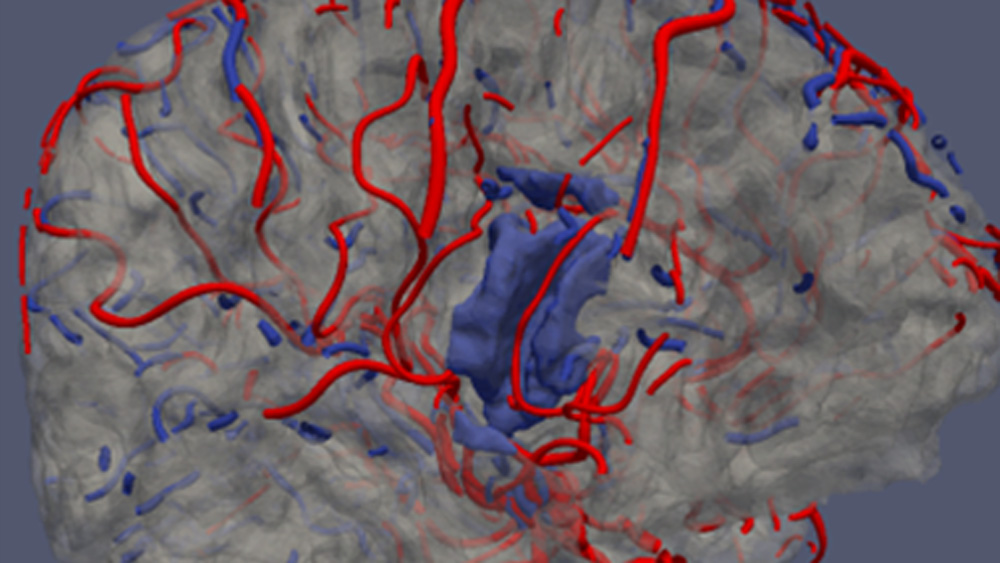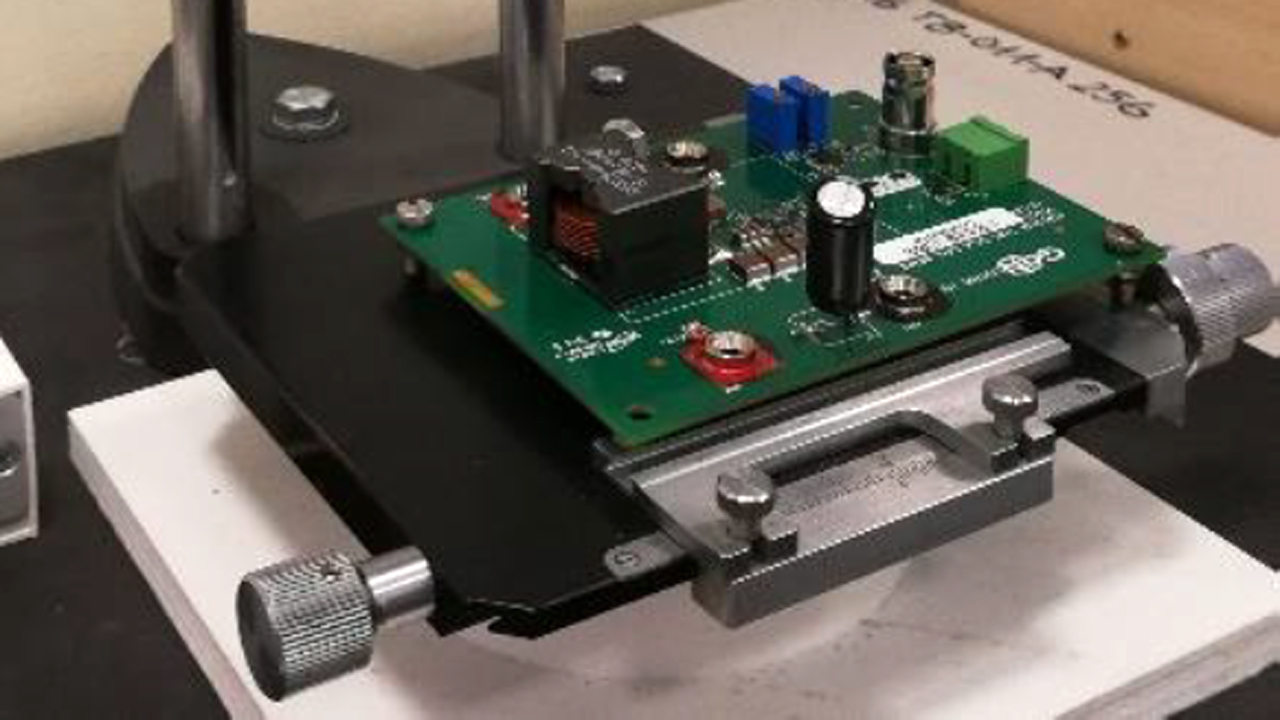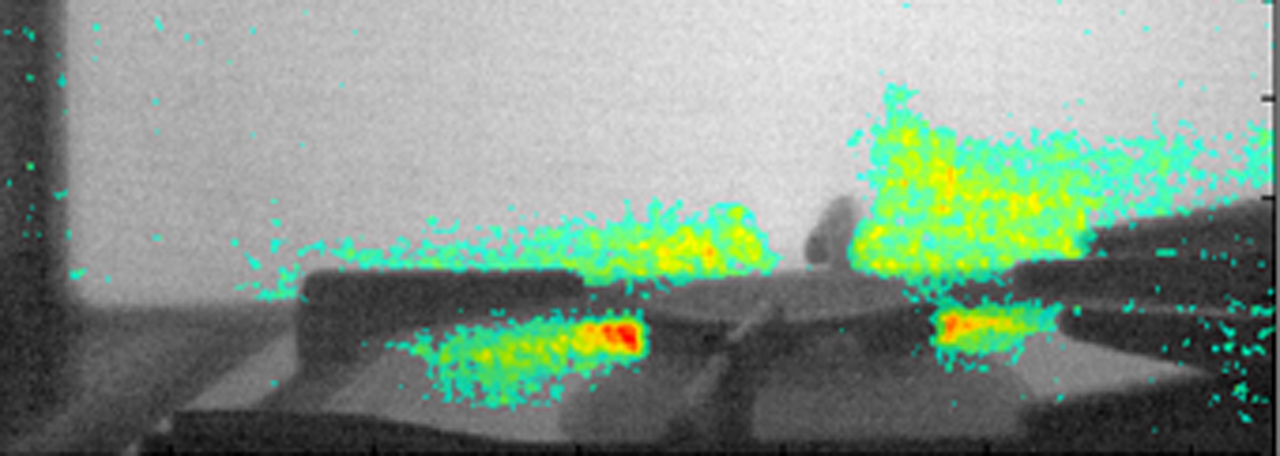Analysis of laryngoscopic images
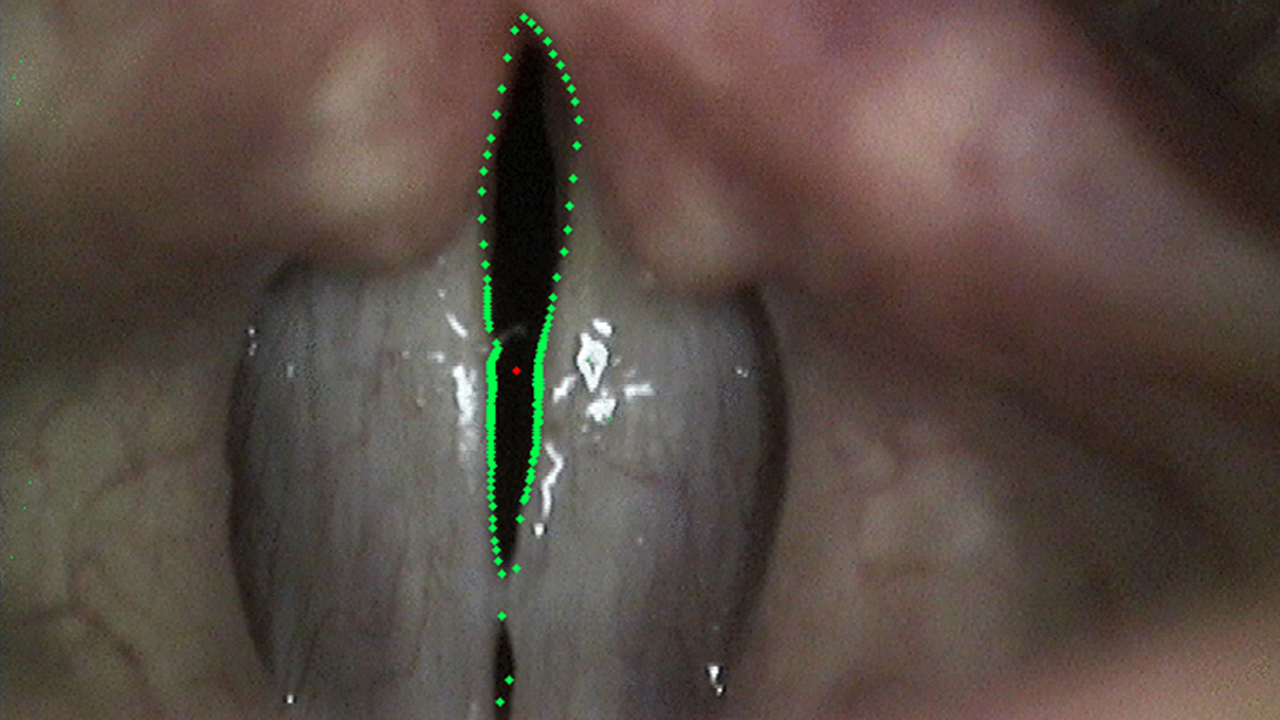
Motivation
Voice is the basic interpersonal communication modality and is of particular importance in such professions as teacher, journalist or conference center employee. Early diagnosis of occupational voice disorders is becoming one of the health priorities. Current international standards emphasize the need for comprehensive voice assessment in phoniatric examinations. In recent years, techniques for recording laryngoscopic images have been developed, including the sequence of images of vocal folds vibrations. Effective methods of computer analysis of such images are being developed. These techniques contribute to the objectification of phoniatric diagnostics.
- Research directions
Computer image analysis techniques enable the use of new methods of larynx imaging during phonation and determination of objective parameters assessing the vibrations of the vocal folds assisting the phoniatrician in diagnosing the voice organ. The ongoing research is focused on developing methods of automatic segmentation and quantitative analysis of the vibration process the of vocal folds on the basis of image sequences recorded by high speed camera registering approx. 3000 images per second.
- Achievements
A new method for detecting the contours of vocal folds in images recorded with a high-speed camera was developed. The data from synchronously recorded voice has improved the accuracy of image segmentation. An image analysis program was developed that allows to automatically determine the contours of the vibrating vocal folds. A series of 15 films recorded from patients with vocal disorders were analysed. The research results confirmed the effectiveness of the methods for analyzing the vibrations of the vocal folds. For the developed technique a patent application titled: Method of determining the extent of the edges of the vocal folds in the laryngoscopic images registered with high-speed camera was submitted.
- Perspectives
The goal of further research is to implement into clinical practice a program supporting the phoniatric doctors in the detection of morphological anomalies associated with voice fold phonation disorders. To this end, multi-center studies will be carried out (among others, laryngoscopic images will be recorded using a high-speed camera) involving a large number of patients. Based on these studies, a set of diagnostic parameters will be developed to improve the efficiency of phoniatric diagnosis of voice disorders.
- Contact persons
- Relevant publications
- Kopczyński B., Strumiłło P., Just M., Niebudek-Bogusz E., Generating 3D Spatio-Temporal Models of Vocal Folds Vibrations from High Speed Digital Imaging, Proceeding of the 2018 IEEE International Symposium on Biomedical Imaging, April 4-7, 2018, Washington, DC, USA.
- Kopczyński B., Strumillo P., Niebudek-Bogusz E., Glottocorrelographic Visualization of Normal and Pathological Vocal Folds Oscillations from Videolaryngostroboscopic Images, in P. Augustyniak et al. (eds.), Recent Developments and Achievements in Biocybernetics and Biomedical Engineering, Advances in Intelligent Systems and Computing 647, Springer International Publishing AG 2018, doi: 10.1007/978-3-319-66905-2 17
- Niebudek-Bogusz E., Kopczynski B., Strumillo P., Morawska J., Wiktorowicz J. & Sliwin-ska-Kowalska M.: Quantitative assessment of videolaryngostroboscopic images in patients with glottic pathologies, Logopedics Phoniatrics Vocology, vol. 42, no. 2, pp. 73-83, 2017, doi: 10.3109/14015439.2016.1174293
- Kopczyński B., Strumiłło P., Niebudek-Bogusz E., Ocena funkcji fonacyjnej krtani z zastosowaniem komputerowej analizy obrazów laryngowideostroboskopowych – badania pilotażowe, Otorynolaryngologia, vol. 13, no. 3, str. 147-154, 2014.

